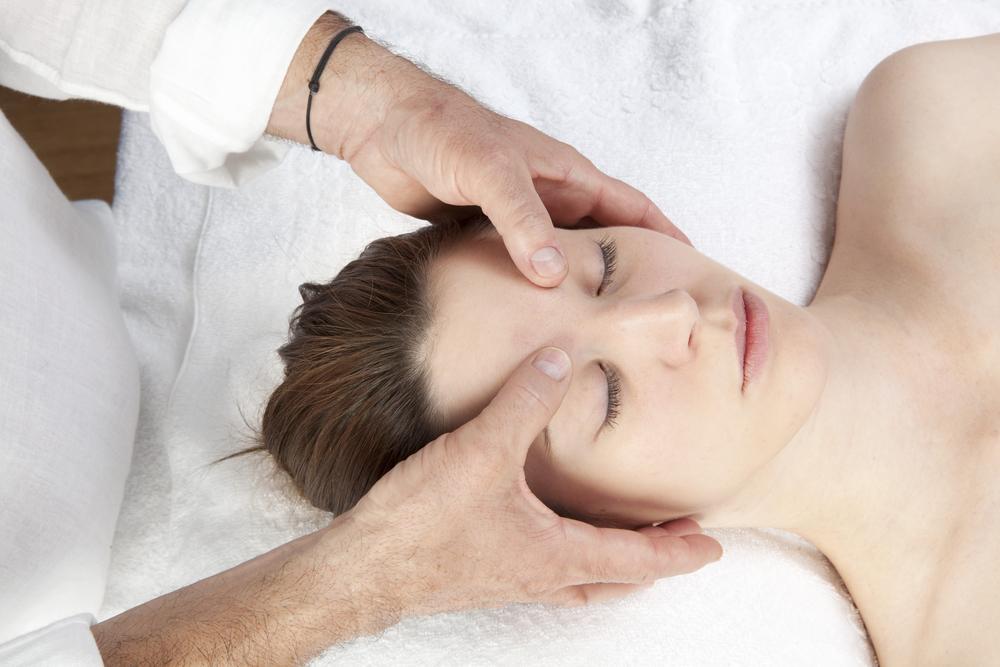Comprehensive Guide to Managing Migraine Attacks Effectively
This comprehensive guide explores effective strategies to manage migraines, including types, symptoms, triggers, diagnosis, treatment options, and alternative remedies. Understanding personal triggers and adopting a holistic approach can significantly reduce the impact of migraines on daily life, offering relief and improved well-being.

Migraines are severe neurological headaches that can considerably interfere with daily activities, work productivity, and overall quality of life. Characterized by intense, pulsating pain usually localized on one side of the head, migraines can be accompanied by a range of debilitating symptoms. These include heightened sensitivity to light and sound, nausea, vomiting, dizziness, blurred vision, numbness, and even speech difficulties. Because migraines are a complex neurological disorder often rooted in genetic factors, understanding how to recognize and manage them is vital for those affected.
Understanding the Different Types of Migraines
If you find yourself experiencing recurrent and severe headaches, it’s important to consult a healthcare professional for accurate diagnosis and effective treatment plans. Healthcare providers typically evaluate your symptoms, medical history, and might utilize diagnostic tools like MRI or CT scans to rule out other serious conditions affecting the brain.
The two main types of migraines are:
Migraine without aura (commonly called the classic migraine): This is the most prevalent form, where symptoms mainly consist of moderate to severe headache pain without preceding neurological symptoms.
Migraine with aura (also known as classic migraine): This type includes sensory disturbances that occur prior to the headache phase, such as visual flashes, blind spots, sensory tingling, or speech difficulties. Recognizing aura signs can help in early intervention to prevent or lessen the severity of the full-blown migraine attack.
Recognizing the Symptoms and Phases of Migraine Attacks
Migraine episodes are often divided into several phases, each with distinct symptoms, although these can vary significantly among individuals.
**Prodrome phase:** Days or hours before the headache, individuals may notice subtle signs such as yawning, persistent fatigue, irritability, food cravings, hyperactivity or agitation, depression, and stiff neck muscles. Monitoring these early signs can be crucial in early management.
**Aura phase:** In migraines with aura, visual disturbances like flashing lights, zigzag lines, or blind spots may appear. Some people might also experience tingling or numbness, speech difficulties, or dizziness during this phase.
**Attack phase:** This is the core migraine event, where pain becomes intense and often throbbing, lasting from several hours to a few days. Symptoms can include severe headache pain, nausea, vomiting, increased sensitivity to light and sound, dizziness, and localized muscle tenderness.
**Postdrome phase:** After the headache subsides, individuals might feel drained, mentally foggy, or irritable. Fatigue and mood swings are common, and some may experience residual sensitivity to stimuli.
It's important to note that these phases can overlap, and not everyone experiences each stage or with the same intensity. Awareness of these phases allows for proactive management and relief strategies.
Common Triggers and Causes of Migraines
Understanding the triggers that set off migraine episodes is essential for prevention and control. Common migraine triggers include:
Hormonal fluctuations, especially in women during menstruation, pregnancy, or menopause
Extreme environmental temperatures or sudden changes in weather
Bright or flickering lights, glare from screens, and loud sounds
Irregular sleep patterns or sleep deprivation
Certain foods and beverages such as processed meats, aged cheeses, chocolate, caffeine, and alcohol
Travel-related stress and jet lag
Smoking and exposure to cigarette smoke
Use of certain medications or medication overuse
High stress levels and emotional distress
Barometric pressure changes
Skipping meals or fasting
Dehydration and inadequate fluid intake
It is important for individuals prone to migraines to identify their unique triggers through careful monitoring and diary keeping, enabling targeted prevention strategies.
Diagnosis and Conventional Treatment Approaches
Accurate diagnosis involves thorough clinical evaluation and sometimes imaging tests like MRI or CT scans to eliminate other causes of headaches such as tumors, vascular conditions, or neurological disorders.
Effective migraine management typically combines preventive medications aimed at reducing frequency and severity, as well as acute medications to treat individual attacks. Preventive treatments include:
Anti-seizure drugs such as topiramate or valproate
Antidepressants like amitriptyline
Blood pressure medications such as propranolol or timolol
Botulinum toxin (Botox) injections for chronic migraines
Monoclonal antibodies specifically designed for migraine prevention (e.g., erenumab, fremanezumab)
For immediate relief during an attack, healthcare providers commonly recommend:
Non-steroidal anti-inflammatory drugs (NSAIDs) such as ibuprofen or naproxen
Triptans (serotonin receptor agonists) like sumatriptan or rizatriptan
Anti-nausea medications
In severe cases, opioids may be prescribed—but these are generally avoided due to addiction risks and potential side effects.
Preventative and symptomatic treatments should always be taken under medical supervision to ensure safety and efficacy.
Exploring Alternative and Complementary Remedies
In addition to conventional treatments, several alternative therapies have shown promise in reducing migraine frequency and severity. These include:
Acupressure and acupuncture: Stimulating specific points on the body can help alleviate pain and improve circulation
Massage therapy: Relieves muscle tension and promotes relaxation, which may reduce attack frequency
Essential oils: Lavender, rosemary, chamomile, eucalyptus, and peppermint oils can promote relaxation and lessen inflammation when used in diffusers or topical applications
Yoga and breathing exercises: Enhance overall well-being, reduce stress, and improve sleep quality
Herbal supplements: Butterbur, feverfew, and willow bark are popular natural options that may decrease migraine episodes, but should be used with medical advice
Other valuable strategies include stress management techniques, meditation practices, Reiki healing, and maintaining a healthy lifestyle that emphasizes proper sleep, hydration, and balanced nutrition.
Dietary modifications play a significant role in migraine prevention. Consuming foods rich in omega-3 fatty acids (like fatty fish), fruits, vegetables, leafy greens, magnesium-rich foods such as nuts and seeds, and natural anti-inflammatories like ginger can contribute to a reduction in attack frequency.
Moderate caffeine intake during an attack may provide relief, but it should be used cautiously to avoid rebound headaches or dependency.
Monitoring personal triggers, maintaining a healthy lifestyle, and seeking professional medical advice are key in empowering individuals to manage migraines effectively. With comprehensive awareness and a multifaceted approach, it’s possible to reduce the frequency and severity of migraines, ultimately improving quality of life.





